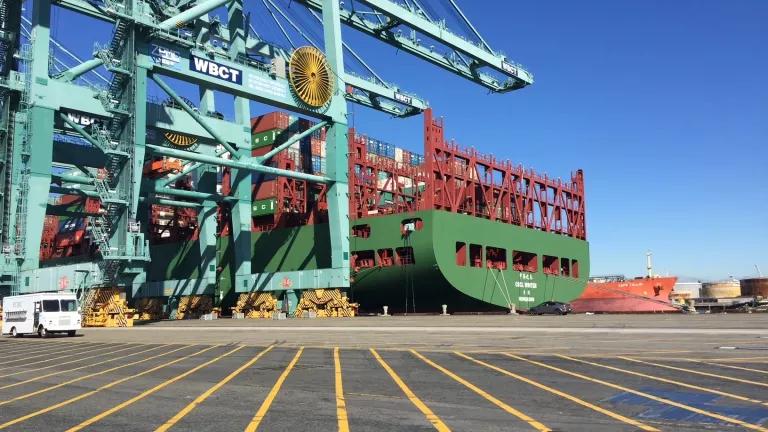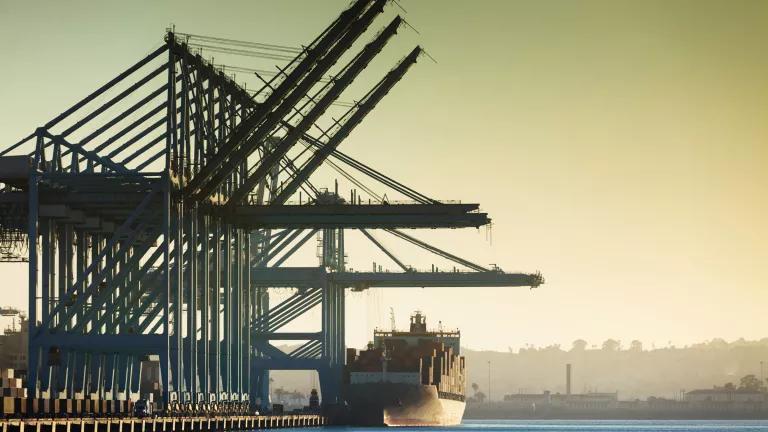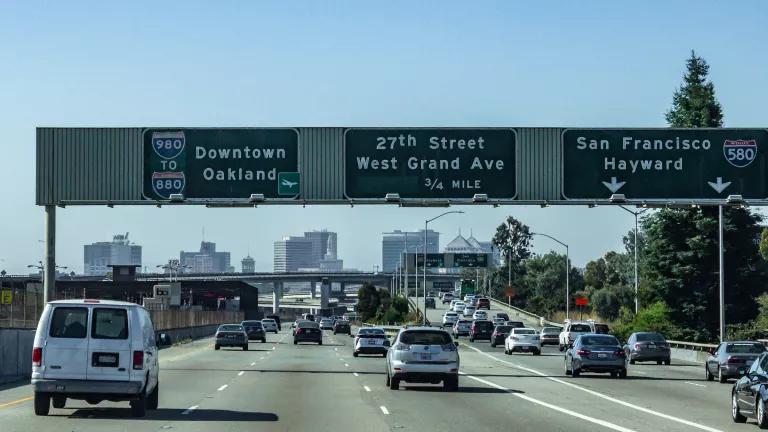Mobile Source Emission Assessment from Port Planning to Operation: International Best Practices
China is home to seven of the world's top ten ports and processes 30 percent of the world's shipping containers every year. However, with every ship and truck entering these ports come not only cargo but also air pollution. Most ships at Chinese ports are fueled by distillate or residual fuel, both with more sulfur than road fuels. Most of the port vehicles, cargo handling equipment, and rail locomotives are powered by diesel fuel. The exhaust from all of these engines contains high levels of diesel particulate matter (PM), nitrogen oxides (NOx), and sulfur oxides (SOx). NOx emissions from diesel engines also contribute to increasing regional ozone (O3) and fine PM, threatening human health and the environment. Port and shipping emissions have become one of major sources of air pollution for densely populated coastal cities in China, such as Hong Kong and Shanghai.
Environmental Impact Assessment (EIA) aims to mainstream environmental issues into decision-making at an early stage. Thus, EIA can be a useful tool for assessing the air pollution caused by port development and expansion and integrating prevention and mitigation measures into the decision-making on port development and expansion. China’s port planning EIA was officially launched in early 2000s. Great progress has been achieved with nearly 20 years of development; however, port-related mobile sources assessment was limited or even a weak piece in China’s port planning EIA practice.
This report looks at international experiences of mobile source emissions assessments in ports, especially the cases from the Port of Rotterdam in the Netherlands and the Port of Los Angeles and the Port of Long Beach in the U.S. Drawing on lessons learned from the case studies, this report provides some policy recommendations to stakeholders in China to implement strategies to reduce ports and shipping emissions and ultimately, air pollution.



